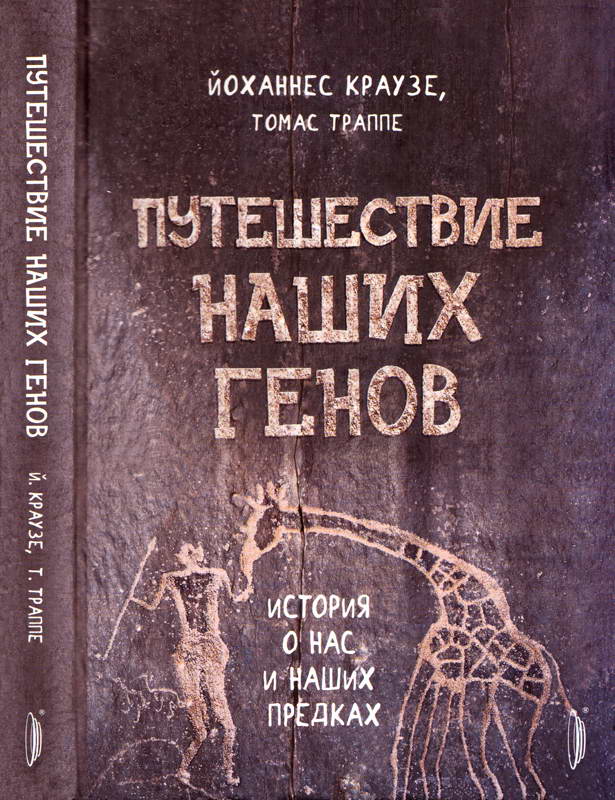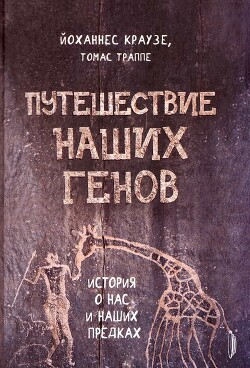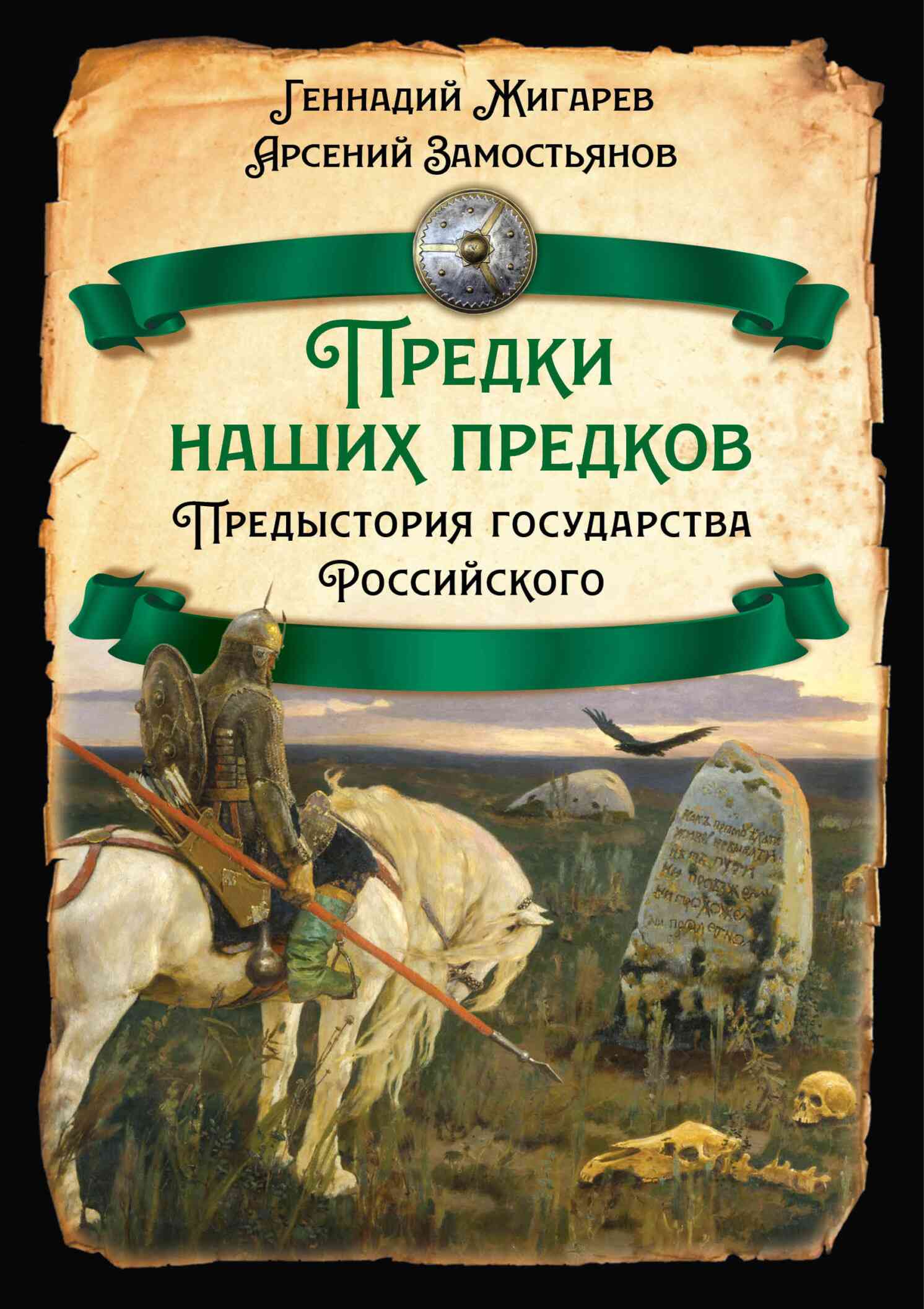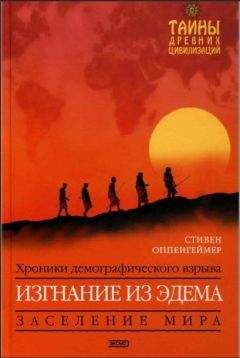central Greenland. Quaternary Science Reviews., 2000. 19(1): p. 213–226.
5. Broecker, W. S., Geology. Was the Younger Dryas triggered by a flood? Science, 2006. 312(5777): p. 1146–8.
6. Walter, К. М., et al., Methane bubbling from Siberian thaw lakes as a positive feedback to climate warming. Nature, 2006. 443(7107): p. 71–5.
7. Zimov, S. A., E. A. Schuur, and F. S. Chapin, 3rd. Climate change. Permafrost and the global carbon budget. Science, 2006. 312(5780): p. 1612–3.
8. Grünberg, J. М., et al., Mesolithic burials — Rites, symbols and social organisation of early postglacial communities, Tagungen des Landesmuseums fur Vorgeschichte Halle (Saale), Germany. Vol. 13. 2013, International Conference Halle.
9. Mannino, M. A., et al., Climate-driven environmental changes around 8,200 years ago favoured increases in cetacean stran dings and Mediterranean hunter-gatherers exploited them. Sci Rep, 2015. 5: p. 16288.
10. Botigue, L. R., et al., Ancient European dog genomes reveal continuity since the Early Neolithic. Nat Commun, 2017. 8: p. 16082.
11. Thalmann, O., et al., Complete mitochondrial genomes of ancient canids suggest a European origin of domestic dogs. Science, 2013. 342(6160): p. 871–4.
12. Arendt, М., et al., Diet adaptation in dog reflects spread of prehistoric agriculture. Heredity (Edinb), 2016. 117(5): p. 301–306.
13. Mascher, М., et al., Genomic analysis of 6,000-year-old cultivated grain illuminates the domestication history of barley. Nat Genet, 2016. 48(9): p. 1089–93.
14. Riehl, S., M. Zeidi, and N. J. Conard, Emergence of agriculture in the foothills of the Zagros Mountains of Iran. Science, 2013. 341(6141): p. 65–7.
15. Larson, G., The Evolution of Animal Domestication. Annual Review of Ecology, Evolution, and Systematics, 2014. 45: p. 115–36.
16. Gamba, C., et al., Genome flux and stasis in a five millennium transect of European prehistory. Nat Commun, 2014. 5: p. 5257.
17. Feldman, М., et al., Late Pleistocene human genome suggests a local origin for the first farmers of central Anatolia. bioRxiv 2018. 422295.
18. Lazaridis, I., et al., Genomic insights into the origin of farming in the ancient Near East. Nature, 2016. 536(7617): p. 419–24.
19. Lazaridis, I., et al., Ancient human genomes suggest three ancestral populations for present-day Europeans. Nature, 2014. 513(7518): p. 409–13.
20. Mathieson, I., et al., Genome-wide patterns of selection in 230 ancient Eurasians. Nature, 2015. 528(7583): p. 499–503.
21. Jablonski, N. G. and G. Chaplin, Colloquium paper: human skin pigmentation as an adaptation to UV radiation. Proc Natl Acad Sci USA, 2010. 107 Suppl 2: p. 8962–8.
22. Gamarra, B., et al., 5000 years of dietary variations of prehistoric farmers in the Great Hungarian Plain. PLoS One, 2018. 13(5): p. e0197214.
23. Liem, E. B., et al., Increased sensitivity to thermal pain and reduced subcutaneous lidocaine efficacy in redheads. Anesthesiology, 2005. 102(3): p. 509–14.
24. Ryan, C., et al., Sex at Dawn: The Prehistoric Origins of Modern Sexuality. 2010: Harper.
25. Uthmeier, Т., Bestens angepasst — Jungpaläolithische Jäger und Sammler in Europa. In: Klimagewalten: Treibende Kraft der Evolution. 2017: Konrad Theiss.
26. Behringer, W., Das wechselhafte Klima der letzten 1000 Jahre. In: ebd.
27. Müller, A., Was passiert, wenn es kälter oder wärmer wird? In: ebd.
28. Hallgren, E, et al., Skulls on stakes and in water. Mesolithic mortuary rituals at Kanaljorden, Motala, Sweden 7000 BP. In: Mesolithische Bestattungen — Riten, Symbole und soziale Organisation früher postglazialer Gemeinschaften. 2013: Landesamt fur Denkmalpflege und Archäologie Sachsen-Anhalt.
Глава четвертая
1. Bollongino, R., et al., 2000 years of parallel societies in Stone Age Central Europe. Science, 2013. 342(6157): p. 479–81.
2. Bajic, V., et al., Genetic structure and sex-biased gene flow in the history of southern African populations. Am J Phys Anthropol, 2018. 167(3): p. 656–671.
3. Mummert, A., et al., Stature and robusticity during the agricultural transition: evidence from the bioarchaeological record. Econ Hum Biol, 2011. 9(3): p. 284–301.
4. Cohen, M. N. and G. J. Armelagos, Paleopathology and the origins of agriculture. 1984: Orlando: Academic Press.
5. Mischka, D., Flintbek LA 3, biography of a monument. Journal of Neolithic Archaeology, 2010.
6. Brandt, G., et al., Ancient DNA reveals key stages in the formation of central European mitochondrial genetic diversity. Science, 2013. 342(6155): p. 257–61.
7. Haak, W., et al., Massive migration from the steppe was a source for Indo-European languages in Europe. Nature, 2015. 522(7555): p. 207–11.
8. Meller, H. (Hrsg.), Krieg — eine archäologische Spurensuche. 2015: Konrad Theiss.
9. Meller, H. (Hrsg.), 3300 BC. Mysteriöse Steinzeittote und ihre Welt. 2013: Nünnerich-Asmus.
10. Mittnik, A., et al., The genetic prehistory of the Baltic Sea region. Nat Commun, 2018. 9(1): p. 442.
11. Fugazzola Delpino, M. A. and M. Mineo, La piroga neolitica del lago di Bracciano, La Marmotta 1. Bullettino di Paletnologia Italiana (Rome), 1995. 86: p. 197–266.
12. Greenblatt, C. and M. Spigelman, Emerging pathogens: archaeology, ecology and evolution of infectious disease. 2003: Oxford University Press.
Глава пятая
1. Patterson, N., et al., Ancient admixture in human history. Genetics, 2012. 192(3): p. 1065–93.
2. Skoglund, P. and D. Reich, A genomic view of the peopling of the Americas. Curr Opin Genet Dev, 2016. 41: p. 27–35.
3. Raghavan, M., et al., Upper Palaeolithic Siberian genome reveals dual ancestry of Native Americans. Nature, 2014. 505(7481): p. 87–91.
4. Allentoft, М. E., et al., Population genomics of Bronze Age Eurasia. Nature, 2015. 522(7555): p. 167–72.
5. Anthony, D. W., The Horse, the Wheel, and Language: How Bronze-Age Riders from the Eurasian Steppes Shaped the Modern World. 2007: Princeton University Press.
6. Wang, С. C., et al., The genetic prehistory of the Greater Caucasus. bioRxiv 2018. 322347.
7. Mathieson, I., et al., The genomic history of southeastern Europe. Nature, 2018. 555(7695): p. 197–203.
8. Andrades Valtuena, A., et al., The Stone Age Plague and Its Persistence in Eurasia. Curr Biol, 2017. 27(23): p. 3683–3691 e8.
9. Olalde, I., et al., The Beaker phenomenon and the genomic transformation of northwest Europe. Nature, 2018. 555(7695): p. 190–196.
10. Adler, W., Gustaf Kossinna, in Studien zum Kulturbegriff in der Vor- und Frühgeschichtsforschung, R. Habelt, Editor. 1987. p. 33–56.
11. Heyd, V., Kossina’s smile. Antiquity, 2017. 91(356): p. 348–359.
12. Kristiansen, K., et al., Re-theorizing mobility and the formation of culture and language among the Corded Ware Cultures in Europe. Antiquity 91: 334–47. Antiquity, 2017. 91: p. 334–47.
13. Orlando, L., et al., Recalibrating Equus evolution using the genome sequence of an early Middle Pleistocene horse. Nature, 2013. 499(7456): p. 74–8.
14. Gaunitz, C., et al., Ancient genomes revisit the ancestry of domestic and Przewalski’s horses. Science, 2018. 360(6384): p. 111–114.
15. Goldberg, A., et al., Ancient X chromosomes reveal contrasting sex bias in Neolithic and Bronze Age Eurasian migrations. Proc Natl Acad Sci USA, 2017. 114(10): p. 2657–2662.
16. Meller, H., A. Muhl, and K. Heckenhahn, Tatort Eulau: Ein





